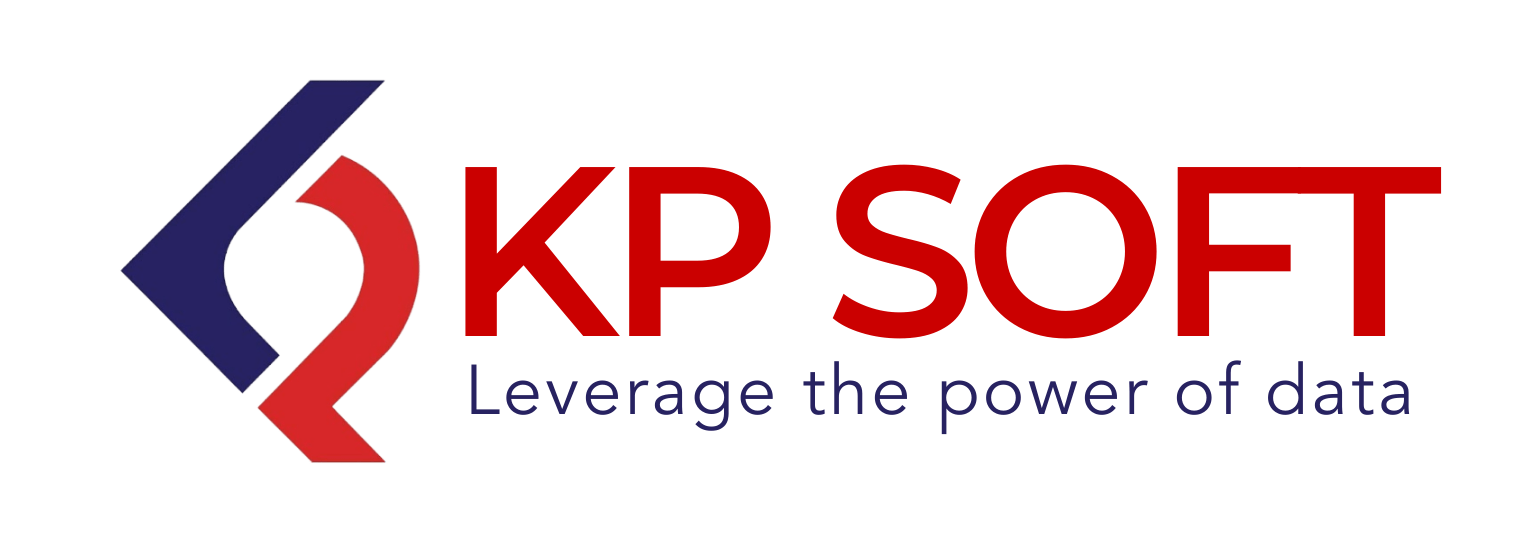
- January 14, 2022
- Deepika Parate
- 0
Introduction
Intelligent Automation is about leveraging Artificial Intelligence (AI) or Machine Learning (ML) in combination with Robotic Process Automation (RPA) for achieving end-to-end automation. Both RPA and AI/ML are game changers for boosting efficiencies and achieving cost savings across commercial industries and government agencies. RPA with AI/ML can be completed anywhere between 8 weeks to 16 weeks (or more) depending on the scope of the project. RPA is already mainstream in some or other form in the marketplace today, AI/ML is another step up the automation continuum. A typical automation flow involves formulating a process, rules to interpret data transitions between various steps until the process is completed. Instead of configuring these rules, if the transitions are determined by an algorithm as if a human is involved this becomes an application of AI/ML with RPA. In this document, we discuss various use cases that will highlight our work with various projects in this arena. Please contact us at sales@thekpsoft.com for additional information.
Intelligent Automation Use Cases
RPA with Natural Language Processing(NLP)
Natural language processing is all about deriving information from free flow text like a human conversation, emails, chats, etc. Some of the key features of NLP are
- Morphological Analysis
- Syntactic Analysis
- Text to Speech Analysis
- Sentiment analysis
- Intent classification
- Entity classification
- Question Answering
All the above types of analysis enable processing text and infer meaningful information which in turn enables end-to-end automation. While processing documents for any given use-case, OCR will help to derive the information from documents but NLP enables processing the information and making decisions.
Example – Customer Support
The customer support process involves understanding and replying to emails, chats, voice assistants, etc. Bringing in RPA + NLP for the above use cases will minimize human intervention in these processes.
For instance, considering a use-case where email streamlining is automated. Based on the content of the email, the email needs to be either sent an automated reply or further escalated to the concerned department. This process can be made end-to-end, where NLP will be able to gauge the purpose of the email and reply where-ever possible or forward to the respective department.
This minimizes the effort to a great extent where all the emails that would be auto-replied are completely taken off the human effort.
RPA with Predictive Analysis
Predictive analytics encompasses a variety of statistical techniques from data mining, predictive modeling, and machine learning, that analyze current and historical facts to make predictions about future or otherwise unknown events. It works by combining process automation with predictive analysis, we will not only be able to automate a process but also be able to use the data collected from the process to make decisions that make the process end-to-end automated. This particularly proves beneficial in finance and compliance where Anomaly detection, Fraud detection etc., play a major role.
Examples – Financial Transactions
With RPA + Fraud detection, financial institutions will be able to gather information on user’s transactions from different sources, process the information, and feed into analysis systems and do predictive analysis. This enables to track any fraudulent transaction and red flags which can be notified to the relevant authorities. This can be used in Debit/Credit card transactions, online shopping, insurance claims processing, and a wide variety of industries.
RPA with Chatbots
Chatbots and RPA bots are two different things, but when combined, they can prove to be more powerful. Chatbots interact with users to answer simple questions and provide relevant information. But the use of Chatbots can be elevated by combining with RPA. Based on the customer queries and requests, chatbots will be able to perform simple tasks. This can be proved beneficial in many customer services based industries and be able to enhance the customer experience.
Example – Customer support in Retail
Considering an online shopping portal with integrated chatbots, customers will have different types of product queries, order queries, etc. While the bot will be able to provide the relevant data, it will be better when the bot is also able to perform a task.
If a certain customer needs to cancel an order or increase the order quantity or change the delivery date, chatbots can feed this information to an RPA bot that completes the intended task. This provides instant gratification to customers, making them happy, and brings down a lot of burden on the otherwise overloaded customer service executives as well.
RPA with Computer Vision
Computer vision is the ability to understand digital data like images, documents, or any computer screen, etc. RPA has the property to be able to read data from webpages or desktop applications, however, traditional RPA lacks the functionality to be able to read media information. This could cause some deficiencies in the expected functionality. With computer vision, this issue can be overcome as RPA can read from any media on the desktop with its AI capabilities. Similarly, reading text is possible with traditional RPA, but when it comes to reading handwritten documents or inferring information from images, Computer vision overcomes the short-coming of the traditional RPA and can achieve better results.
Example – Insurance Industry
One major industry where image recognition and document extraction proves worthy is the insurance industry. The Insurance industry has been a common use case for RPA. Using traditional RPA, some of the processes can be automated. But using cognitive automation, lot more processes in insurance can be fast-tracked. Auto Insurance, for instance, depends heavily on images of the cars or vehicles that are damaged using which the claim is assessed. When using image recognition, RPA can access the claims and process it with minimal human intervention. Similarly, Insurance also has a lot of paperwork. Using AI-powered document extraction, for both structured and semi-structured data, and processing handwritten documents brings many more processes in the Insurance industry into the RPA radar.
